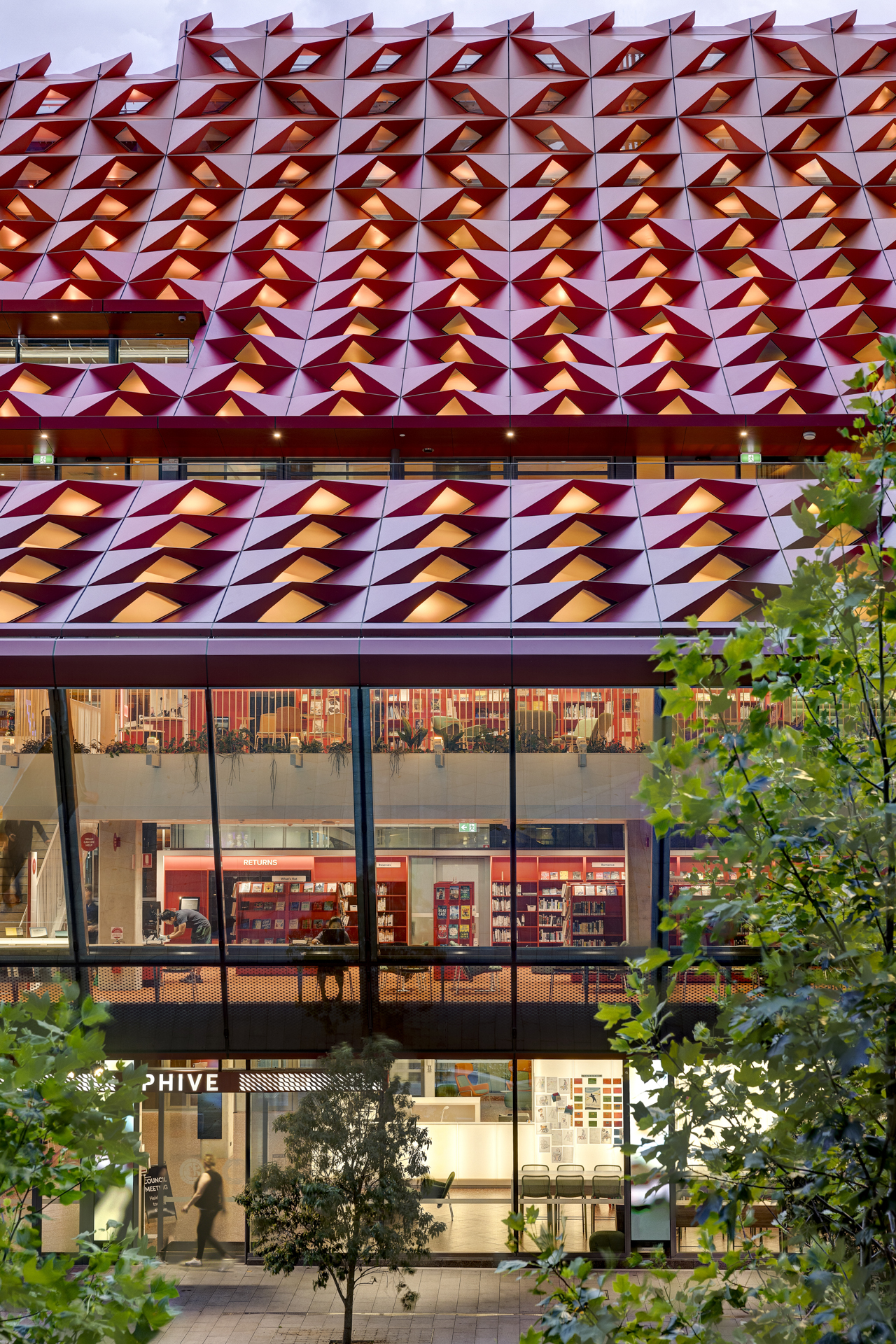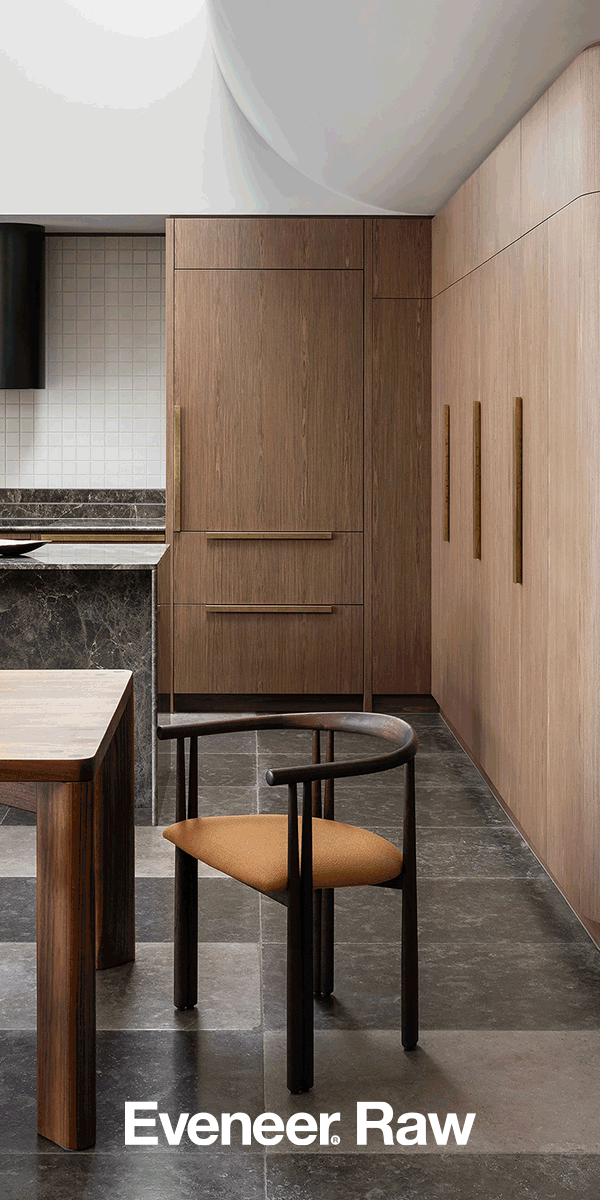The Maruku Collaboration by Tanya Singer + Errol Evans + Trent Jansen
Recognising Design Excellence and Innovation within the Built Environment: The Holdmark Innovation Award
Applications are now open for the annual Powerhouse Holdmark Innovation Prize. Subsidised by the Australian property group Holdmark, in collaboration with the Powerhouse Museum’s Sydney Design Week, the $10,000 cash prize will be awarded to a project that demonstrates design brilliance within the realm of architecture, engineering, urban design and planning.
Essay
Erin Zikos
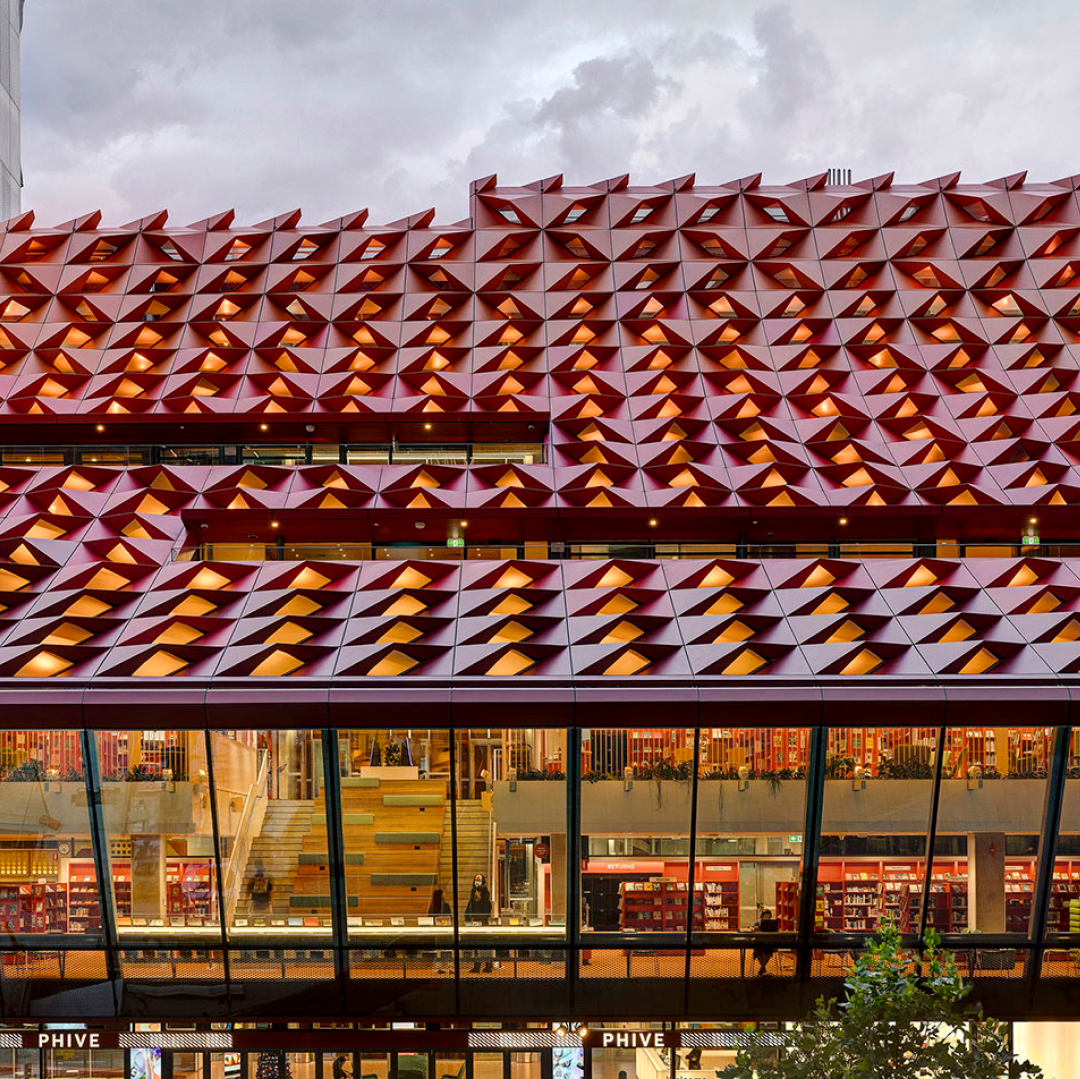
The Holdmark Innovation Award, a collaboration between Holdmark Property Group and the Powerhouse Museum, recognises excellence and innovation within architecture and engineering disciplines. Since its inception in 2022, the Prize has celebrated Australian designers and future-focused practitioners who have significantly enhanced Sydney’s public landscape. Through innovative urban initiatives, the Prize has also encouraged the development of projects that enhance the urban environment and contribute to public sustainability and functionality.
In 2023, the Holdmark Innovation Award was given to ‘PHIVE’, an architectural structure in Parramatta Square designed by DesignInc Sydney with Lacoste + Stevenson and the award-winning French firm Manuelle Gautrand Architect.
DesignInc’s Design Director, Richard Does, highlighted the importance of collaboration during the creation of PHIVE, explaining how the team chose to balance the execution with the design led equally by all three architecture practices. “Our creative discussions were constant, and if we were not unanimous, we would let the majority decide," Does tells me. “We tried to make every decision represent the location and values of Parramatta. The outcome is design excellence that is influenced through rigorous debate at all stages of its development.”
Acknowledging the need to establish a vital civic hub in Parramatta, DesignInc Sydney, Lacoste + Stevenson and Manuelle Gautrand Architect crafted a new “urban living room” in Parramatta Square. The structure’s seamless integration of passive climate design strategies, coupled with its tactile façade, adopts the Holdmark Innovation Award’s philosophy of innovation through material and carbon consciousness. The playfully sculpted cantilevered roof invites visitors into the space by revealing views through self-shading windows and by concealing the neighbouring Parramatta Square. Keinton Butler, Senior Curator of Design and Architecture at the Powerhouse, described PHIVE as a “worthy recipient of the inaugural award” through its “ingenious rooftop design and passive climate strategies.”
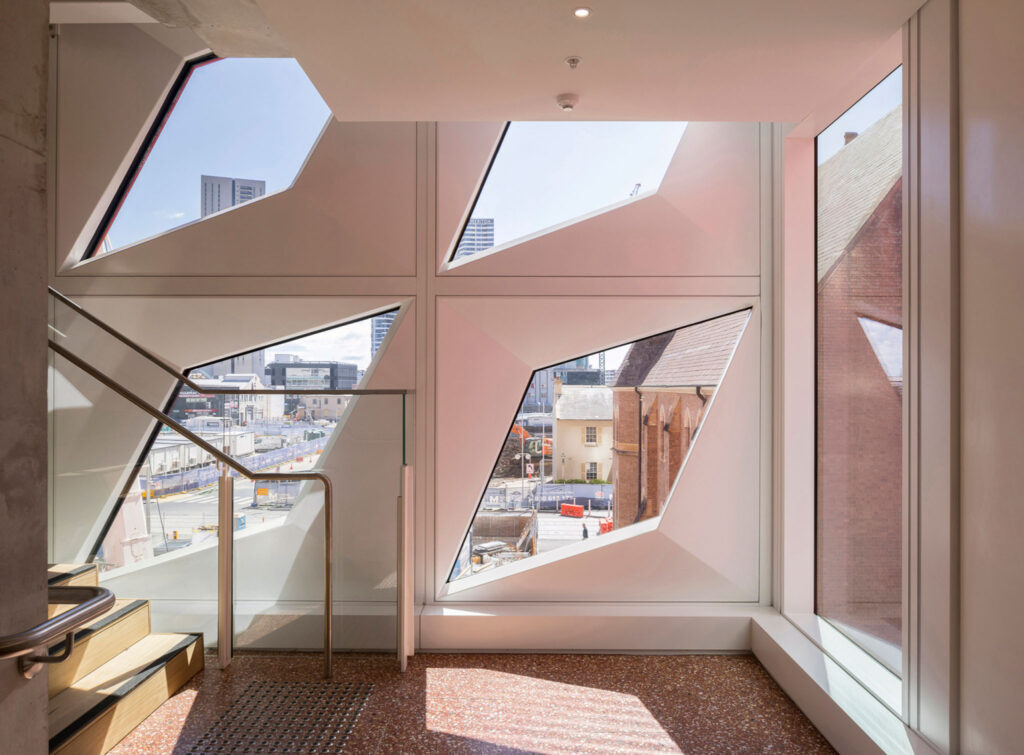
Thermal comfort is intrinsic to the PHIVE building’s performance, manifested through this rooftop. Through small pockets of shielded glass, the rooftop façade supports natural ventilation and the soft dispersal of light within the interior of the structure. Louvres positioned at the west diffuse light and subsequently minimise solar gain in summer. As a result, the reliance on artificial heating and cooling is significantly minimised, reducing the structure’s carbon footprint and providing external shading.
Within and beyond the building envelope, PHIVE enhances “all-weather circulation” for thermal comfort. By facilitating sustainable protocols, including the integration of waste management, PHIVE reduces excess material waste during excavation and construction. Rainwater harvesting, internal and external planting, and strategic material selection have ecologically regenerated the site, qualifying PHIVE as a six-star Green Star-rated building.
Programmatically, the structure supports Parramatta with both internal and external infrastructure, serving as a library, council chambers, exhibition space, and breakout study facility. The Dharug Room facilitates First Nations-led research and a ‘Keeping Place’ while a ‘Community Hub’ supports community gathering and connecting.
As a physical extension of Parramatta Square, PHIVE is an evidently social, cultural and educational destination. Its meticulous application of sustainable design practices highlights a commitment to carbon conscious design and thermal performance.
Thierry Lacoste, the Design Director of Lacoste+Stevenson, later revealed how the Holdmark Innovation Award was fundamental to PHIVE’s inception. For Lacoste, the interdisciplinary nature of the Holdmark Innovation Award acknowledges “not only architecture, but what [the discipline] is doing socially, technically, and environmentally.”
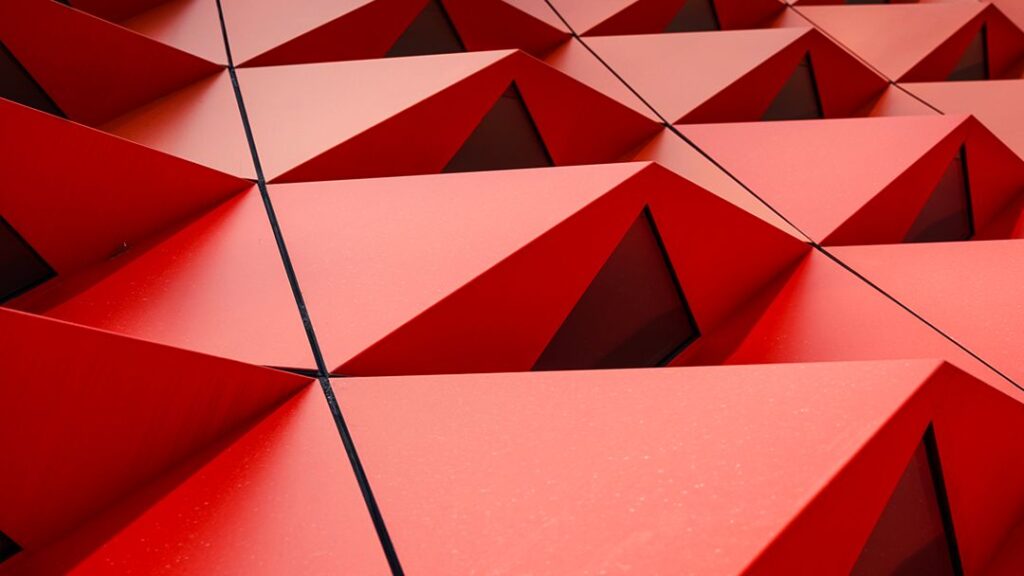
After moving to Australia from Lebanon, Sarkis Nassif founded Holdmark Property Group in 1987. Upon arriving, Nassif worked on construction sites across Western Sydney. Nassif’s acquisition of his first site in Concord West and the subsequent development of 20 apartments marked Holdmark’s ambitious beginnings. Over the next four decades, Nassif, together with the Holdmark Property Group, would commit to enriching the quality of residential and commercial environments across Sydney.
In 2022, Holdmark Property Group made a $10 million donation to Powerhouse Parramatta. This donation would come to support Sydney Design Week, the creation of the Holdmark Gallery space and the Holdmark Prize. Most crucially, the donation would activate new opportunities for research, public infrastructure, design, engineering and architecture within and beyond Sydney.
Nassif described this activation as an opportunity to elevate Australia “onto the international stage.” He explained, “We are truly excited to see the contribution Powerhouse Parramatta will make to the cultural and educational fabric of Western Sydney for generations to come.”
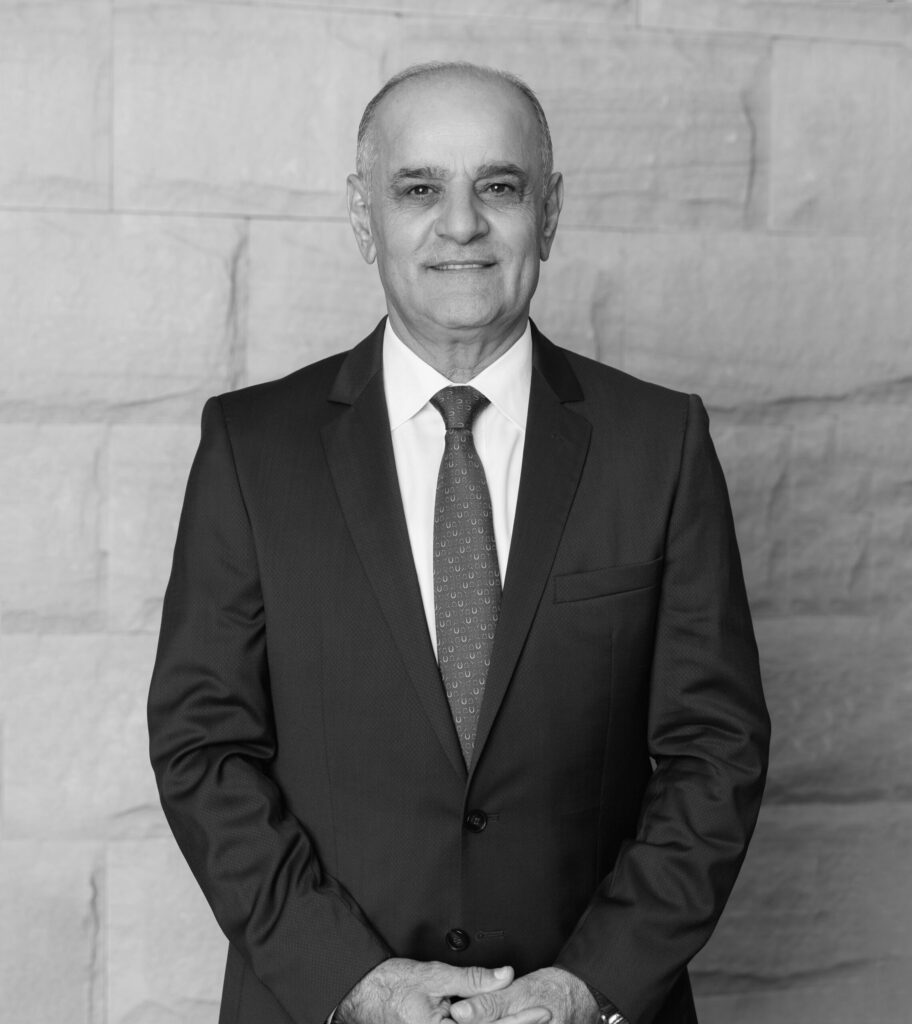
This kind of cultural and educational contribution should similarly be at the core of projects submitted to this year’s Holdmark Innovation Award. Last year’s judging panel, comprising Marni Reti (Kaunitz Yeung Architecture), Hannah Slater (Planning NSW & ACT Design Lead, Arup), Ninotschka Titchkosky (Co-CEO BVN), Keinton Butler (Senior Curator, Design & Architecture, Powerhouse), and Kevin Nassif (COO, Holdmark Property Group), sought to recognise how submitted projects enriched Sydney’s urban fabric. They also explored how each project demonstrated environmental, social, and/or economic benefits. This year’s jury is similarly looking for the potential adoption of cutting-edge technologies, regenerative protocols, emerging research, and carbon and waste-conscious design.
All architecture, engineering, and urban design practices are welcome to apply. Applicants may submit an entire building, a built structure or a key element within the project’s design and construction. Applicants must include a cover letter outlining the project along with drawings, including plans, elevations, and images of the completed design. Submitted projects must have been completed in Australia within the previous calendar year.
Applications for the Holdmark Innovation Award close at 5 p.m. on July 1, 2024
More information can be found on the Powerhouse’s website.
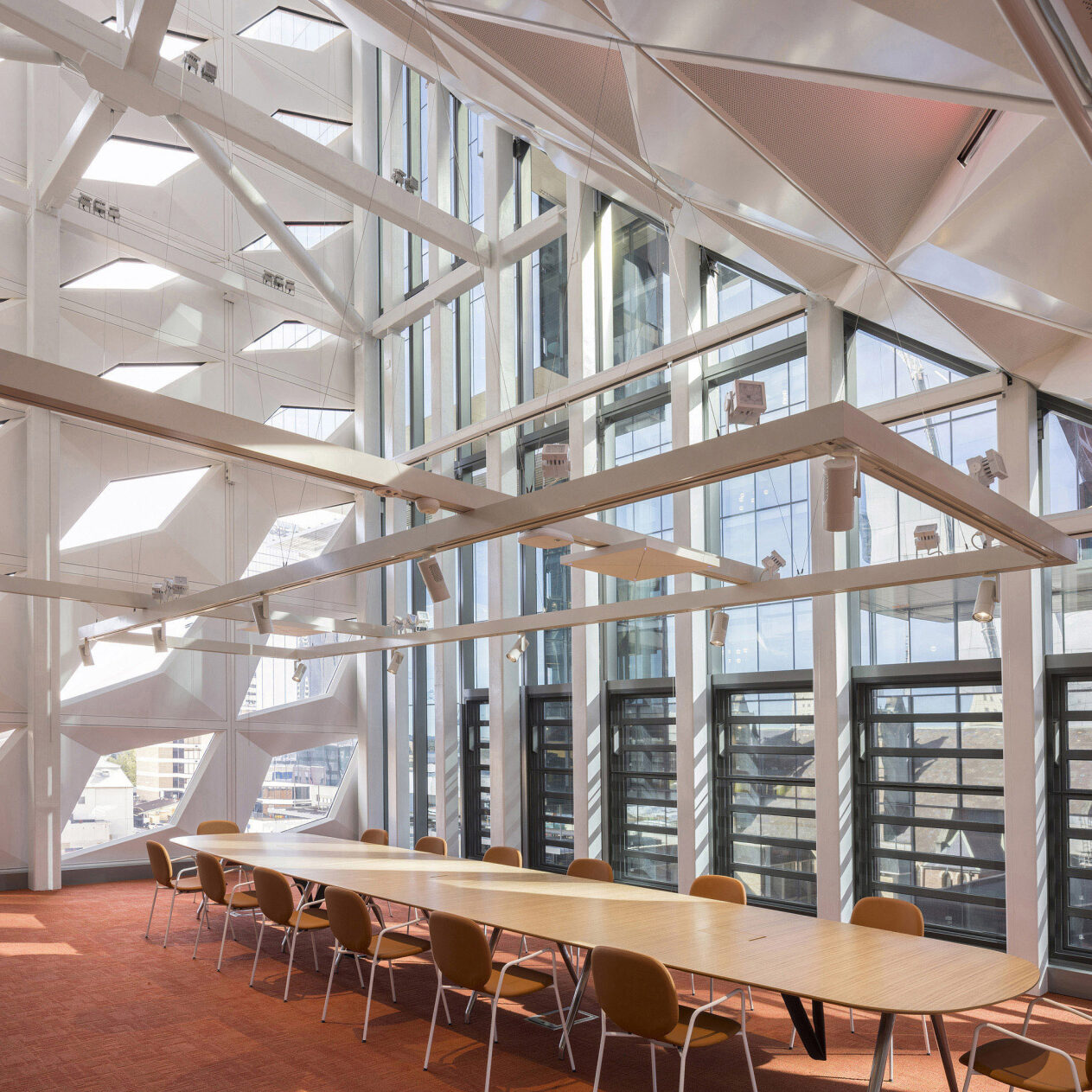
Photography Brett Boardman
